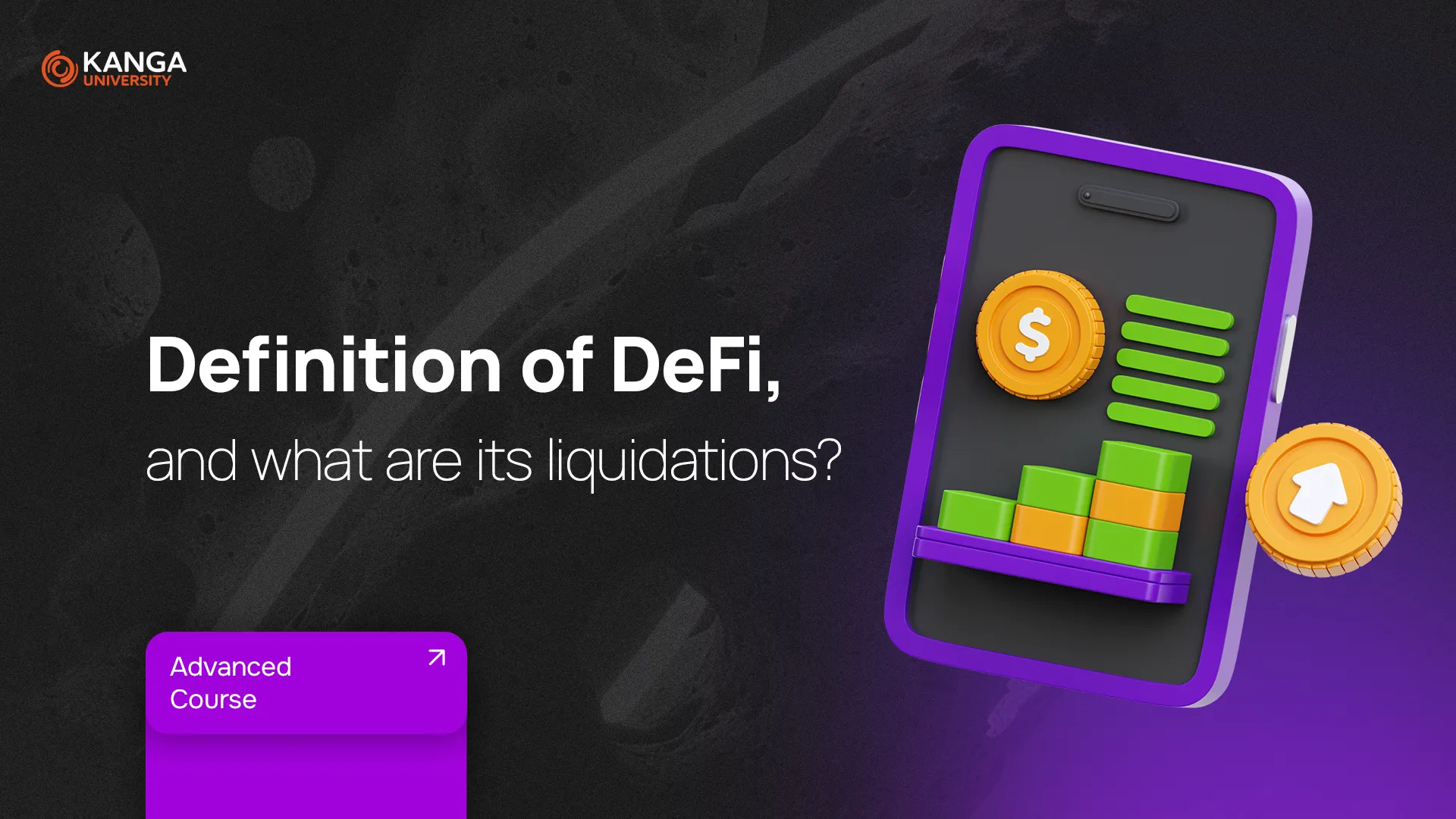
In traditional finance, taking out a loan usually involves paperwork, banks, and a lot of waiting. In DeFi — decentralized finance — everything is different. No banks. No middlemen. Just you, a crypto wallet, and a smart contract.
Sounds simple? It is — until you face something called liquidation. In this guide, you’ll learn what that means, how DeFi lending works, and what you can do to avoid losing your funds.
What Is DeFi, Exactly?
DeFi stands for Decentralized Finance — a system of blockchain-based applications that let you lend, borrow, and trade without banks. Instead of trusting people, you rely on code: smart contracts.
The DeFi ecosystem includes:
-
DEXs (Decentralized Exchanges) – e.g., Uniswap, where you trade crypto peer-to-peer.
-
Lending platforms – like Aave, Compound, and Maker, where you can borrow or lend tokens.
-
Synthetic asset protocols – like Synthetix, allowing you to trade tokenized versions of real-world assets.
-
Oracles – like Chainlink, which bring real-world price data onto the blockchain.
-
Stablecoins – e.g., DAI or USDT, designed to stay pegged to fiat currencies.
Let’s focus on DeFi lending, where borrowing money comes with a unique set of rules — and risks.
How Do Loans Work in DeFi?
Here’s the basic idea:
-
You deposit crypto (like ETH) as collateral.
-
You borrow another asset (like DAI) against it.
-
If your collateral drops in value too much… your loan gets liquidated.
There’s no credit check. No approval process. Everything is automatic — and that’s what makes DeFi powerful, but also risky.
What Is Liquidation in DeFi?
Liquidation happens when the value of your collateral falls below a safe threshold. The system then sells your crypto to repay your debt — usually at a discount.
Example:
You deposit $200 worth of ETH to borrow $100 in DAI. If ETH crashes and your collateral is now worth only $130, the system may automatically liquidate your position to cover the loan before it gets riskier.
It’s not personal — it’s just the math. Smart contracts are programmed to protect the protocol and its users from bad debt.
Why Does Liquidation Happen So Quickly?
Because crypto markets move fast. If the platform waits too long, your collateral might drop below your debt amount — and the system would take a loss. So it acts fast, often with little warning.
And yes — you can lose your collateral even if you’ve repaid most of the loan.
Can You Avoid Liquidation?
Absolutely. Here’s how smart users protect themselves:
-
Don’t borrow the maximum amount — leave a safety buffer.
-
Monitor the market — keep an eye on your collateral value.
-
Add more collateral when needed.
-
Use tools that send alerts if your position nears liquidation.
Some platforms even let you automate these steps.
Who Profits from Liquidation?
-
Liquidators – bots or users who pay off risky loans and buy the discounted collateral.
-
The protocol – which avoids unpaid debt.
-
Liquidity providers and stakers – who earn fees when the system runs efficiently.
Liquidation isn’t a punishment — it’s a built-in safety mechanism that keeps DeFi functional.
Quick Facts and Insights:
-
Liquidation works like a stop-loss in traditional trading.
-
Each loan has a liquidation threshold, typically around 75–85% of the collateral value.
-
DeFi platforms often offer bonuses to incentivize liquidators.
-
Liquidation can happen in seconds — bots usually act faster than humans.
Summary
DeFi lending is fast, efficient, and accessible — but it comes with serious responsibility. Liquidation is part of the system, and if you’re borrowing against your crypto, you need to understand how it works.
By now, you know the basics of how liquidation happens, why it’s necessary, and what you can do to avoid it. The next time you borrow in DeFi, you’ll do it with your eyes wide open.